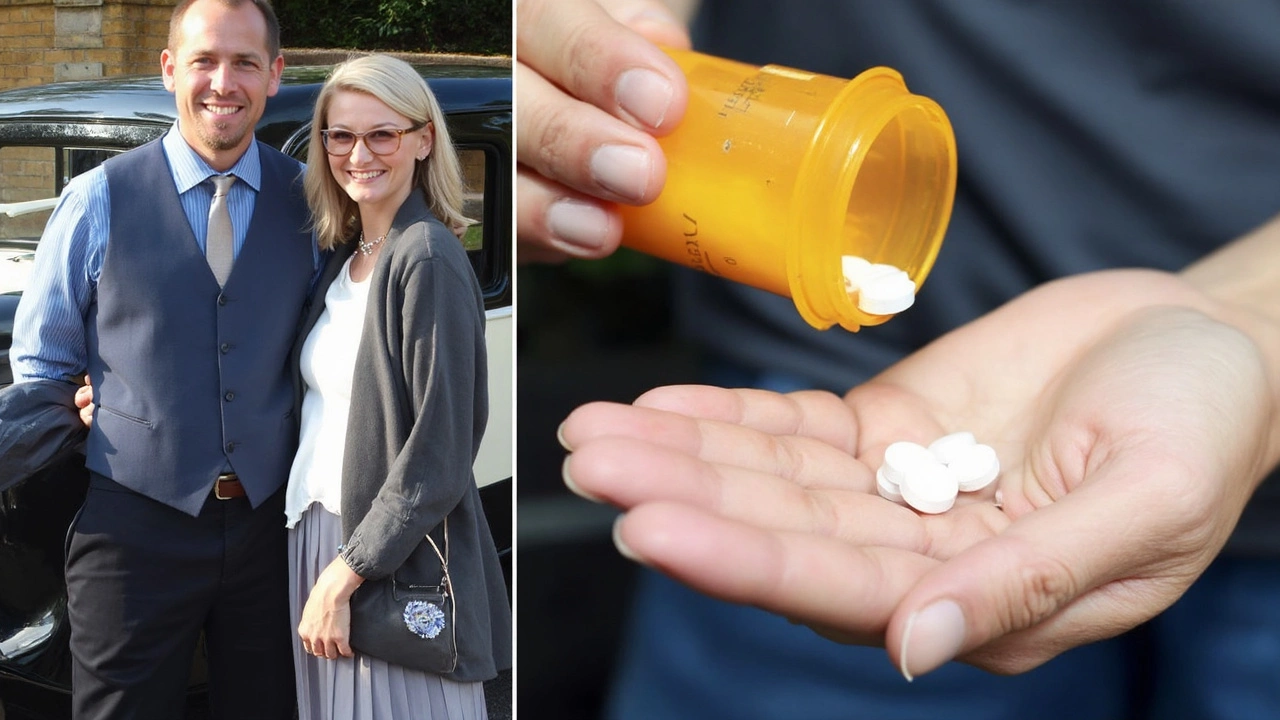Breast Cancer Basics: What You Need to Know
First off, breast cancer isn’t a one‑size‑fits‑all disease. It can show up in different ways, and catching it early makes a big difference. Below are the most useful facts to help you spot problems early, understand screening, and figure out the next steps if you get a diagnosis.
Spotting the Warning Signs
Most people think a lump is the only sign, but there are other clues too. Look out for any change in the size or shape of a breast, dimpling of the skin (often called "orange peel"), nipple discharge that isn’t breast milk, or a nipple that turns inward. Even a persistent rash or redness can be a red flag. If any of these show up, schedule an appointment with a doctor right away.
How Screening Works
Screening is the best tool for catching cancer before it causes symptoms. In the UK, the NHS offers a mammogram every three years for women aged 50‑70. If you’re younger but have a family history, you might need an earlier scan. A mammogram is a quick, low‑dose X‑ray that can spot tiny tumors that you can’t feel.
When you go for a mammogram, the tech will press the breast between two plates and take two images. The whole process takes about ten minutes, and the discomfort is temporary. If something looks suspicious, the radiologist may order a follow‑up ultrasound or a short‑term repeat mammogram.
Self‑checks are still valuable. Pick a quiet time each month, stand in front of a mirror, raise your arms, and look for any visual changes. Then, lie down and use the pads of your fingers to feel the whole breast, moving in a circular pattern. It only takes a few minutes but can help you notice changes between screenings.
Getting a diagnosis can feel overwhelming, but knowing the treatment options helps you stay in control. Surgery, radiation, chemotherapy, hormone therapy, and targeted drugs are the main approaches. The exact plan depends on the tumor’s size, grade, and whether it’s spread.
- Surgery: Removes the tumor and sometimes the whole breast (mastectomy) or just part of it (lumpectomy).
- Radiation: Uses high‑energy rays to kill remaining cancer cells after surgery.
- Chemotherapy: Drugs that travel through the blood to attack fast‑growing cells.
- Hormone therapy: Blocks hormones that fuel certain breast cancers.
- Targeted therapy: Attacks specific molecules on cancer cells, sparing healthy tissue.
Talk with your oncology team about side effects, recovery time, and what to expect during each phase. Most people bounce back to daily life after treatment, though the timeline varies.
Support isn’t just medical. Connecting with others who’ve been through it can lift your spirits. Local charities, online forums, and hospital support groups all offer practical advice and emotional relief. Many also provide financial help for travel, medication, or childcare.
Remember, you’re not alone. Early signs, regular screening, and a clear treatment plan give you the best shot at a good outcome. Keep these pointers handy, share them with friends and family, and don’t hesitate to ask questions whenever something feels unclear.





